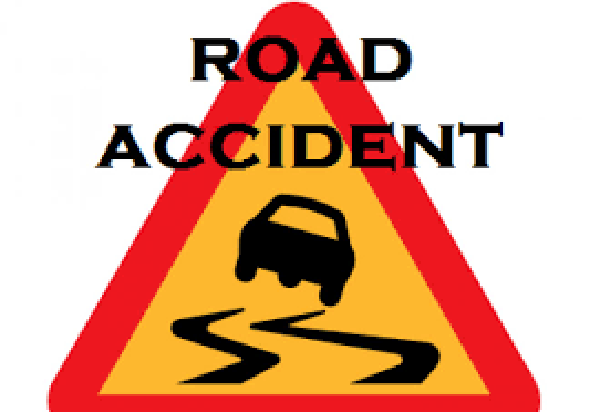Every year, roads across state see most accident deaths; 1000 die every year
Srinagar, September 19:
While the new Governor might have shown eagerness to bring down the number of casualties in traffic accidents across Jammu and Kashmir, some surveys have put the number of dead, in road accidents, at 1000 people every year across the state. According to National Crime Records Bureau (NCRB) the state tops the list of “high accidental death-prone areas”.
The state has witnessed 4,783 deaths due to road accidents in the last five years, says figures available with both the union ministries and traffic department. Most of the road accidents as per NCRB have taken place in the twin capitals of the state and Ramban, Doda districts of the Jammu region.
The Chenab valley in Jammu region, particularly Doda district, with tough terrain has also witnessed a steep increase in the accidents over the past few years.
While J&K ranks second in terms of the total number of road accidents per 10,000 vehicles as per union Road Transport ministry survey, NCRB survey has stated that a single accident in J&K has a 64 percent chance of causing death compared to 36.4 percent for the entire country. As per official figures, Jammu and Kashmir has witnessed 4,783 deaths due to road accidents in the last five years. Official data has also indicated that more than half of those killed in road accidents were in the age group of 15 to 34, a fact that young lives were being lost.
Road safety experts believe that the topography of J&K is the reason behind growing rate of accidents, “The terrain is one of the factors for a higher number of accidents. We witness accidents in hilly areas where rate of fatalities is quite high, but the main problem is lack of enforcement staff” pointed out a road safety expert while speaking at the National Road Safety Week celebrated earlier this year.
As per experts high level of accidents in Jammu and Kashmir is mostly a result of its hilly topography. However, the Union Ministry and NCRB reports contradict this argument. A cursory look at the nation-wide statistics indicates that other hilly states do not register such a high rate of accidents. Neighbouring Himachal Pradesh does not make it even in the top ten list while Sikkim does. Among the top ten ranking are Tamil Nadu, Madhya Pradesh and Karnataka which are not hilly states.
Experts say under the Jammu & Kashmir State Road Safety Policy, the government should increase its efforts to promote awareness about the various aspects of road safety, the social and economic implications of road accidents and what needs to be done to curb the rising menace of road accidents.
Increase in number of vehicles, less road length, faulty roads, negligent driving and worn out vehicles are among the reasons seen for growing accidents in J&K.
Even as Jammu and Kashmir figures among three states where road accidents are alarmingly high, a rapid increase in registration of cars in the state is being witnessed. As per automotive industry estimates, two-wheelers including bikes and scooty sales grew by whopping more than 70 percent in last two years.
Data collected and put out by union ministry maintains that J&K ranks second in terms of the total number of road accidents per 10,000 vehicles. Sikkim and Madhya Pradesh are the two other states with the highest number of road accidents.
IGP Traffic, Basant Rath says lack of enforcement is a vital issue that needs to be addressed. “There are no more than 550 traffic police officers in Kashmir and only 600 in Jammu. The fines are also low and despite so many road accidents, there is no accountability,” he says.
“New acts will only make a difference provided there is implementation and an improvement in the enforcement of the legislation.” Rath added.
Transporters blamed the overall lack of infrastructure in terms of roads. Haji Muhammad Yusuf, general secretary of All Kashmir Transport Welfare Association said most of the roads “exist only on paper or are marred by low quality of road engineering with no accountability to keep it in check”. “The number of overall buses plying in rural areas is quite low and the percentage of such buses which are more than 20 years old is also quite high. The dilapidated state of buses also account for high number of accidents while their shortage in number leads to overcrowding, thus risking the lives of more people,” Yusuf said.
Courtesy:Greater Kashmir




